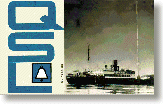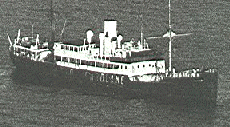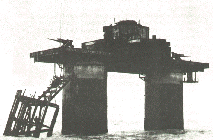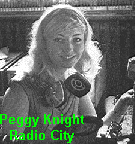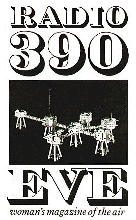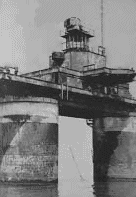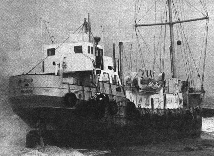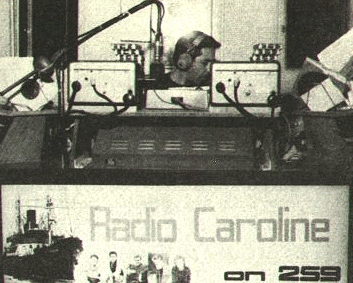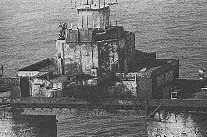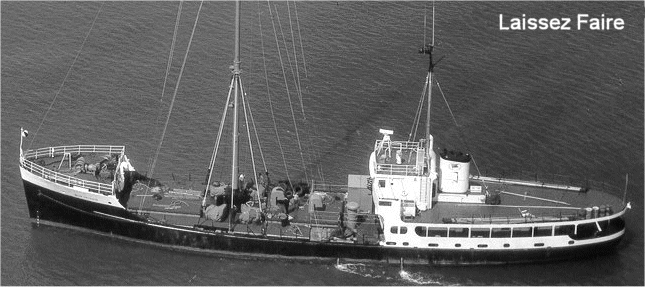|
|
 Sixties City Sixties City |
|
|
The start of 1965 saw some 'big guns' lining up against the pop pirates when, on January 22nd, the governments of Belgium, France, Greece, Sweden, Luxembourg, Denmark and Britain signed a Council of Europe Agreement that not only banned broadcasts 'on board ships, aircraft or any other floating or airborne objects' but also banned anyone from those countries from supplying the pirates with materials, supplies or equipment. The stations were forced to obtain new sources of supply from either Holland or Spain, neither of whom had been party to the agreement. Due to the distances involved this proved to be an expensive exercise and it wasn't long before RADIO LONDON, RADIO CAROLINE and later RADIO ENGLAND all used the same Dutch supply company and vessels, presumably to cut costs. |
|
Three tenders were operated out of Holland from a salvage company owned by the Wijsmuller brothers. 'Offshore I' and 'Offshore II' supplied the ships on the east coast while the larger 'Offshore III' was capable of making the run to supply RADIO CAROLINE NORTH on the west coast. 'Caroline' was also in the happier position of being able to obtain supplies from Dublin or even the Isle of Man as the Manx government were reluctant to ratify legislation against the pirate ship due to the trade and tourism she brought to the island. |
|
|
|
February found Reg Calvert planning another new radio station to be situated on the fort at Knock John Sands but the site was also keenly sought after by Roy Bates which led to a series of confrontations later that year. In March he announced a plan to start a station that would cover the West Country and South Wales by broadcasting from an ex-Navy supply ship anchored near Lundy Island outside the Bristol Channel.
|
|
Following the tragic deaths at Red Sands a group of Kent businessmen headed by Charles Evans ( one of the original owners of RADIO INVICTA ) and David Lye took over. New equipment was installed to improve its output at a cost of about £7,000 and on March 2nd it started test transmissions on both 237 metres and 238 metres. RADIO INVICTA officially closed down on March 21st, returning to the air three days later as KING RADIO whose disc jockeys included Mike Raven ( now part of the management team ), Eddie Hinkins and Frank Smith who had been heard as Eddie Gerold on RADIO INVICTA. |
|
Their format was light, middle of the road music essentially aimed at listening housewives but proved to be comparatively unsuccessful despite such grandiose self-description such as 'your monarch of music for the metropolis' and 'the most melodic delicatessen on the medium wave'. |
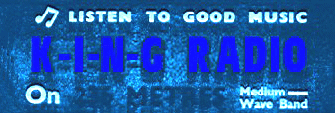
|
|
KING RADIO had originally been planned as a brand new station and not as a reincarnation of RADIO INVICTA. This was evident from the pre-recorded test broadcasts which gave their location as the Nore tower which was their original intended base. Announcements for planned future regular programmes included shows called 'South East Special' 'Mardi Gras' 'Fiesta' and 'Candlelight And Wine' although no such named shows were ever broadcast. Another interesting fact about the stations is that all early mail to RADIO INVICTA received replies from a department within Polydor records whose output was also heavily plugged by KING RADIO. That suggested that the major record companies were taking a much bigger interest in the pirate stations than they were prepared to admit to at the time. Simon Dee made his last broadcast for RADIO CAROLINE from the 'Mi Amigo' in March 1965 but continued to work at the company's London offices for a few months afterwards. In April, a proposed project called RADEX announced that it would be on air in the next few months broadcasting round the clock pop from a ship off Whitstable. It also planned to transmit television programmes using Channel 6 on 405 lines ( which had already been allocated to Radio Astronomy Services of Cambridge ). Although the project was reported to have American backing to the sum of £1 million, this was subsequently withdrawn and it never got further than the planning stage. On April 10th tapes arrived in London for the first ever record company-sponsored show on pirate radio. American label Roulette Records had signed a two-year contract with RADIO CAROLINE which included spot advertising and, despite written 'objections' by E.M.I. who were the U.K. licensee, the shows were first transmitted on April 12th. |
